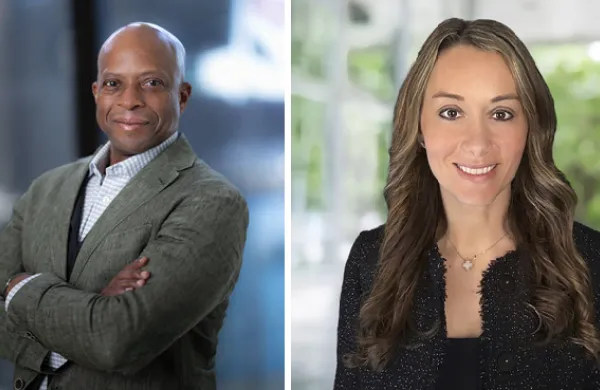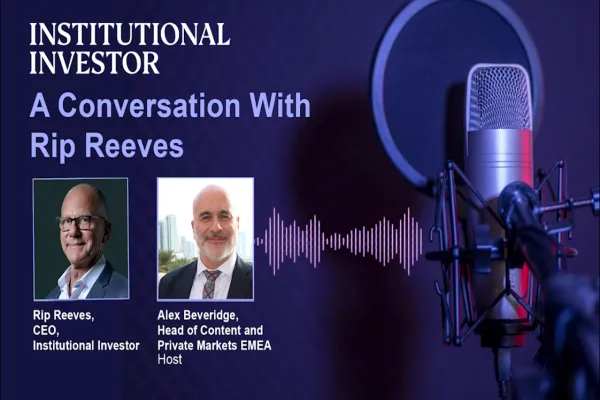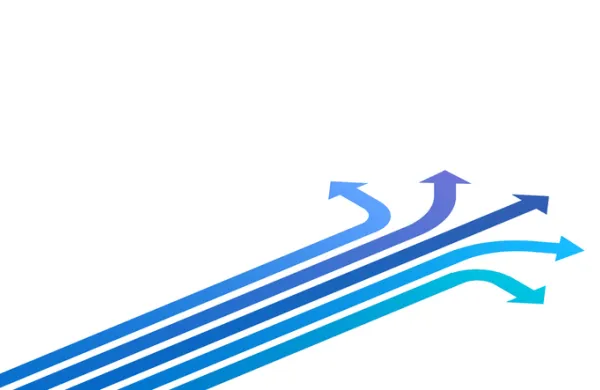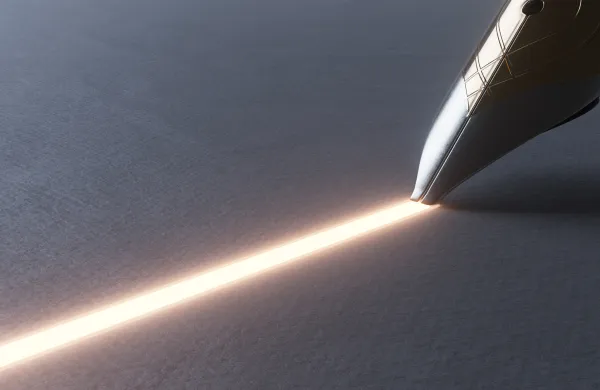When Klaus Kleinfeld accepted the presidency of aluminum producer Alcoa in August 2007, it was the quintessential soft landing. Just four months earlier he had resigned as chief executive of German technology and industrial giant Siemens, which was embroiled in a wide-ranging bribery probe. Alcoa, where Kleinfeld had been a board member since 2003, appeared to be a sharp contrast: a stable company, untainted by scandal, traveling a seemingly turbulence-free path to ever higher sales and profits.
The untainted part proved to be right. But otherwise, Kleinfeld landed in the eye of a hurricane.
Since then global economic woes have badly buffeted Pittsburgh-based Alcoa, the third-largest producer of aluminum in terms of capacity. The metal’s price plunged 56 percent in the last five months of 2008, and Alcoa’s revenue and profits went into a tailspin. Revenue for 2008 fell 8 percent, to $26.9 billion. The company reported a loss of $74 million for the year, reversing course after garnering a $2.5 billion profit in 2007. Alcoa shares closed at $6.48 on February 24 of this year, down from a 52-week high of $44.77.
Alcoa had been in the midst of a makeover when the economy tanked. It was exiting low-profit businesses like packaging, automotive castings and aluminum foil. And it was opening new mines, refineries and smelters around the world.
In December, Kleinfeld, who succeeded Alain Belda as Alcoa’s chief executive in May 2008, engineered a cash-free asset swap with Norway’s Orkla Group, a longtime joint venture partner, in which Orkla took over the soft-alloy-extrusion part of the venture and Alcoa took full ownership of two smelters.
Kleinfeld has eliminated more than 15,000 jobs, shuttering some plants and cutting production at others. He suspended a share-buyback program and imposed a hiring and salary freeze.
But he is undaunted by the future. “This company is 120 years old; we know how to manage through tough times,” he says. “A strong ship can survive storms that will sink weaker ones, and Alcoa is a very strong ship.”
In a recent conversation with Institutional Investor Contributing Writer Claudia Deutsch, Kleinfeld talked about his blueprint for Alcoa’s long-term growth.
Let’s get rid of the elephant in the room first. How deeply were you involved in the Siemens scandal?
Not at all. I initiated the independent investigation and asked that I be investigated first. I got a clean report, and the board asked me to stay on and run the company. But they weren’t ready to renew my contract. I felt they weren’t showing the sign of confidence I needed to stay on, so I resigned.
But why go to Alcoa? After a high-tech conglomerate like Siemens, isn’t an aluminum company a bit, well, confining? And one would think the board would doubt you had the right kind of experience.
I knew them, and they knew me. But I didn’t have long ties to Alcoa’s past, so they knew I could take a fresh look. My international experience was a plus. Alcoa has a major relationship with Chinalco, China’s big aluminum company. I used to go to China six times a year for Siemens.
And Alcoa is not as low-tech or single-product as you seem to think. We mine bauxite all over the world. We get alumina out of the rock. We use an enormously energy-intensive electrolytic process to smelt it. These are all separate businesses, using separate technologies, meeting different regulations, competing with different companies. And they are huge. Alcoa World Alumina and Chemicals, a joint venture we have with Alumina Ltd. of Australia, is the largest alumina producer in the world.
That sounds more like vertical integration, providing your own raw materials to make your finished product. Why do you consider them separate businesses?
We sell much of our alumina into the open market, with the Middle East probably the biggest customer. We use only about 30 percent of the aluminum we produce; the rest goes to other companies that roll it, extrude it or otherwise use it.
Your customers’ products command higher margins than ores or basic metals. Shouldn’t Alcoa concentrate on lucrative downstream businesses?
But we do. We are the top producer of the small titanium blades used in jet engines and turbines. We are the top maker of the specialty-metal fasteners that keep the wings attached to jet planes. And we make high-tech aluminum products too. One of my people was on that plane that went down in the Hudson in January, and he said he kept thinking how glad he was that there was aluminum sheetage on the plane and its wings.
Plastics have replaced aluminum in a lot of automotive applications. And nanotechnology is creating all kinds of new high-strength materials. Do you worry that your main product is obsolete?
Are you kidding? Aluminum is lightweight, it’s strong, it’s conductive, and it’s very recyclable. Five, six years ago we introduced a strong, lightweight alloy for airplane wings. Since then it has been adopted for bulkheads of fighter planes, for landing gear of large commercial jets, even for pipes used to drill for oil in deep waters. If a plane flies through a thunderstorm, the aluminum cladding will conduct the lightning around it and away. Want to try that with a plastic-clad plane?
We have a contract to reequip Humvees in Iraq with aluminum insulation to enhance strength without adding weight. And look at the aluminum covers on all those thin, cool-looking Apple products. They went for it because it has visual appeal and it is very recyclable. Coca-Cola has a line of containers that are shaped like the old Coke bottles but are made out of aluminum.
It sounds like Alcoa was humming along when you started tinkering with it. Why mess with a good thing?
We were facing huge worldwide competition. Alcoa needed to get faster at everything, to speed up the process from question to decision to implementation to cash. It also had a lot of long-term power contracts that were coming due, and we accelerated the renewal negotiations. Alcoa now has about 80 percent of its power secured through 2025. And we’ve increased smelting capacity in places that have energy that would be impractical to export. We built a smelter in Iceland, for example, where there’s a huge amount of stranded hydropower that can’t be economically transported elsewhere.
Standard & Poor’s, Moody’s Investors Service and Fitch Ratings recently slashed your credit rating to a notch above junk. Some analysts blame you for not conserving enough cash to prevent that. Is the criticism fair?
Actually, until the recent financial and economic meltdown, we were criticized for not being leveraged enough. As late as the second quarter of 2008, our debt to cap was only 30.6 percent.
No one anticipated the complete evaporation of market activity in the third and fourth quarters, nor the liquidity crisis currently impacting the marketplace. But we acted quickly to strengthen our liquidity, increasing our credit line by $1.9 billion in October. The day after the S&P action, we redeemed our interest in a partnership, which gave us more than $1 billion in cash. And we placed more than $200 million in the commercial paper market.
The downturn doesn’t seem to have affected your strategies, but has it changed your tactics?
We used to manage for high returns on capital or other measures of profitability. Now we manage for cash. We’ll pay less attention to things like amortization of equipment when we weigh which facilities to keep open. Before we shutter a smelter, we factor in whether its contracts force it to continue to pay for electricity and maintenance. If so, maybe we’ll shut down another facility instead.
We’re streamlining our portfolio. We’re curtailing capacity, shutting plants during the holidays, reducing work hours and the number of shifts, finding ways to lower the costs of supplies. For example, we use a lot of caustic soda, so we have a joint venture in Trinidad that supplies us with caustic. We now also get the aluminum fluoride we use from a joint venture in Mexico.
Aren’t those things that a cyclical company would do during the downswing of a normal economic cycle?
We’re not just reacting to economic woes. I believe in the logic of building on strengths and of sticking with businesses that are No. 1 or No. 2 in their industry. Take the Orkla swap. We were never well positioned to run an extrusion plant, but we certainly understand how to run a smelter.
In a normal economy our high-tech businesses yield returns of up to 20 percent. But so do the upstream businesses. It’s the midstream businesses, like soft-alloy extruded aluminum, that return no more than 5 percent. Those are the ones we have divested or are in the process of divesting.






